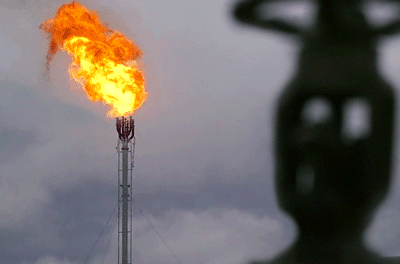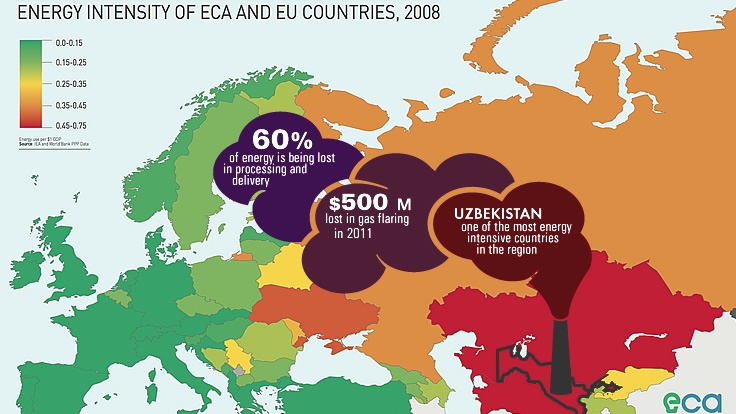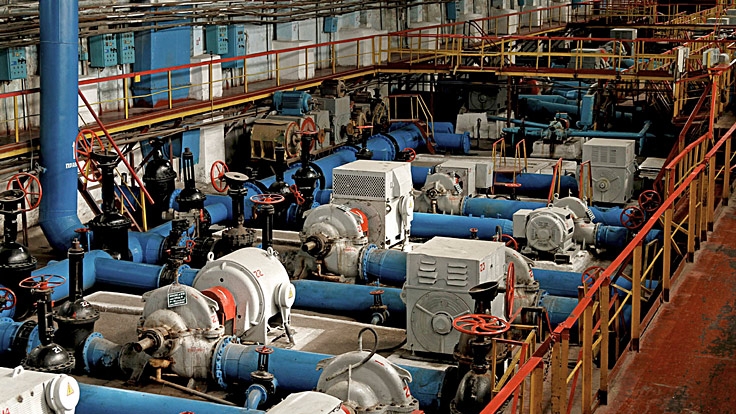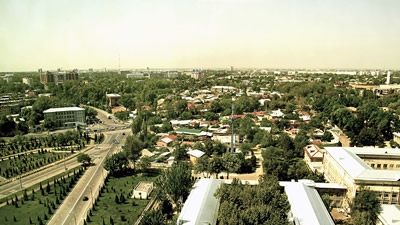
Policy makers in Uzbekistan have made reductions in energy consumption and conservation of energy key economic priorities for the country. The energy sector is a pivotal area for economic growth in the country – accounting for nearly 50% of capital investments in Uzbekistan, contributing 7% of total Gross Domestic Product (GDP), and generating more export revenue than any other sector – and energy efficiency is a key area of improvement to stimulate this growth.
Uzbekistan is one of the most energy intensive countries in the world, meaning that improvements in efficiency can have large economic benefits. Outdated equipment and technology throughout the country results in more than 60% of the primary energy mobilized to provide energy services being lost in processing and delivery systems. Gas flaring is also a pervasive problem in Uzbekistan – resulting in losses of $500 million (3% of GDP) in 2011.
As part of its efforts to address these issues, the government is working with the World Bank Group to introduce a series of energy efficiency measures designed to save the country more than $2 billion over the coming years through the implementation of the Energy Efficiency for Industrial Enterprises Project and a recently approved additional credit for this project. Introduced in 2010, this Project is already having a tangible impact on the energy sector in the country. When this initial phase of the Project is completed at the end of 2014 – one year earlier than previously projected – the country will have saved 50,000 MWhs and will reduce its carbon emissions by 150,000 metric tons, through the rehabilitation of distribution stations, the replacement of boilers and other outdated equipment, and the implementation of other energy efficiency measures.







